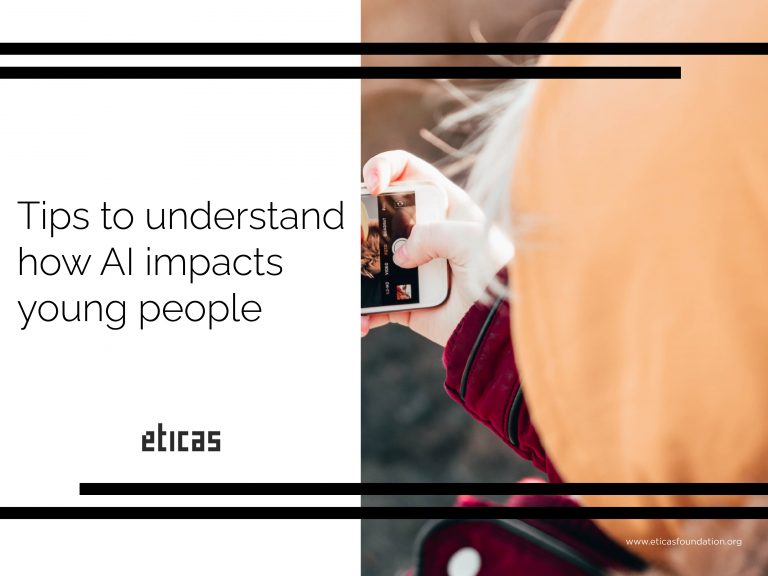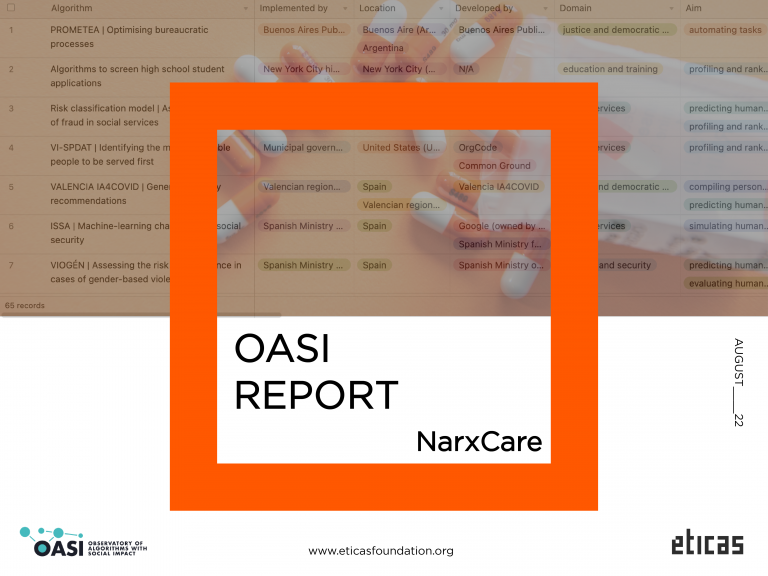
According to research from Rachael Tatman, a linguistic researcher and National Science Foundation Graduate Research Fellow at the University of Washington, Google’s speech recognition software is riddled with gender bias (Larson 2016). After evaluating 1,500 words from annotations across 50 different videos, Tatman found “significant differences in the way Google’s speech recognition software auto-captions video on YouTube” (ibid). Tatman (2016) found that, on average, for each female speaker, less than half (47%) of her words were captioned correctly. Conversely, the average male speaker, on the other hand, was captioned correctly 60% of the time (ibid.). In addition to that, Tatman found that if a man and a woman were picked randomly from the research sample, there was an almost 70% chance the transcriptions would be more accurate for the man (ibid.) In general, the software performed much more consistently with male voices than with female ones.
Tatman’s research echoes the conclusions of other studies: algorithms usually work best for the person that made them, which often happens to be a white man. For example, upon implementing voice command technology in cars, women drivers were found to have difficulties giving their automobiles voice instructions while their male counterparts enjoyed relative ease with the task (ibid). If we want technology to functionally include everyone, we must remain vigilant of the myriad ways in which human bias can seep into our creations.






